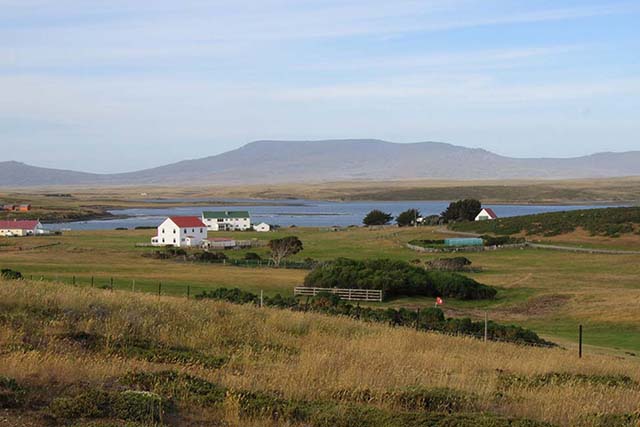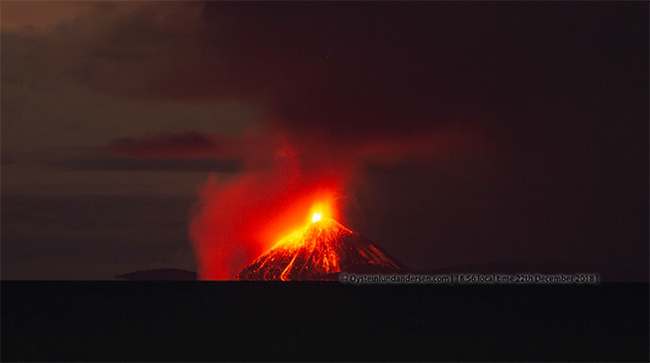One year on: reflections on the Hunga Tonga-Hunga Ha’apai volcanic eruption
The eruption of the Hunga Tonga-Hunga Ha'apai Volcano in January 2022 has highlighted a global unpreparedness for the impacts from large-scale global events.
18/01/2023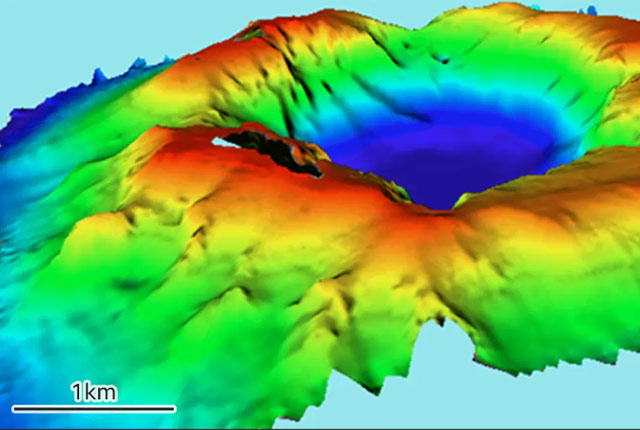
The tsunami from Hunga Tonga-Hunga Ha’apai volcano in Tonga on 15 January 2022 was the first from a violent eruption for over 130 years, the last being the Krakatau volcanic eruption in Indonesia in 1883. Hunga Tonga-Hunga Ha’apai was also the first dual eruption tsunami since the Krakatau event and the first recorded by modern technology. The resulting shockwave was the most significant ever recorded and the volcano’s plume was the highest on record.
The Hunga Tonga-Hunga Ha’apai event was comparable to the Papua New Guinea submarine landslide tsunamis of 1998, which resulted in 2200 fatalities, and the Indian Ocean earthquake tsunami of 2004 when over 250 000 people died. Although the mechanisms are different, all identify a previously unrecognised tsunami hazard. The Papua New Guinea submarine landslide generated massively destructive tsunamis, while the Indian Ocean event saw great-magnitude earthquake tsunamis striking along convergent margins outside the Pacific Ocean.
Volcanic activity along the Tonga convergent margin is not unexpected. Hunga Tonga-Hunga Ha’apai last erupted in 2015, but the magnitude and violence of the 2022 eruption was a complete surprise. The unexpected nature of the eruption reveals that the global hazard from large volume volcanic eruptions is underestimated and identifies a global unpreparedness for the effects of these events.
Globally, there are 42 volcanoes with the potential to erupt on a similar scale to Krakatau and Hunga Tonga-Hunga Ha’apai, so the events of 15 January 2022 should serve as a wake-up call to the potential hazards from other violent eruptions. Many of these volcanoes, unlike Hunga Tonga-Hunga Ha’apai, are close to high-density coastal populations.
So far there has been little published on the eruption or on local tsunami mechanisms. Over one hundred papers on the event have been published, but most focus on the satellite data recordings of the atmospheric disturbances generated from the shockwave, and ‘far field’ tsunamis. Both were due to changes in atmospheric pressure on the ocean surface, which initially generated small waves that increased through a process called ‘resonance’, which is determined by the relationship between the speed of the shockwave and the speed of the tsunami.
There are still fewer papers on the local, or near, tsunamis. The mechanism of these is still uncertain. There are several possibilities as to what generated these tsunamis, including collapsing pyroclastic density currents, caldera collapse and phreatomagmatic explosions, where magma interacts with sea water.
One fear from the eruption was an effect on climate, possibly from sulphur dioxide (SO2), but measurements showed that SO2 was quite low in volume. More surprisingly was the volume of water pumped into the atmosphere; recent research shows this to be a high volume that could possibly affect the climate.
Regarding the wake-up call from the effects of the event, so far there has been little reaction. This could be attributed to the volume of unpublished papers (such as sea-bed mapping of the area). These as-yet unpublished papers could well affect the uncertainty over the local tsunami mechanism. The source of the cataclysmic culminating explosion is also yet to be determined, whether it was mixing of magmas beneath the caldera or the entry of cold water into the edifice during the final phase.
There is still much research to do and many lessons to take from the Hunga Tonga-Hunga Ha’apai eruption and following events, but once the results are in, hopefully the real mitigation work will begin.
Further reading
- Cassidy, M, and Mani, L. 2022. Huge volcanic eruptions: time to prepare. Nature, Vol. 608, 469–471. DOI: https://doi.org/10.1038/d41586-022-02177-x
- Lynett, P, et al. 2022. Diverse tsunamigenesis triggered by the Hunga Tonga-Hunga Ha’apai eruption. Nature, Vol. 609, 728–733. DOI: https://doi.org/10.1038/s41586-022-05170-6
- Newhall, C, Self, S, and Robock, A. 2018. Anticipating future Volcanic Explosivity Index (VEI) 7 eruptions and their chilling impacts. Geosphere, Vol. 14(2), 572–603. DOI: https://doi.org/10.1130/GES01513.1
- Witze, A. 2022. Why the Tongan eruption will go down in the history of volcanology. Nature, Vol. 602, 376–378. DOI: https://doi.org/10.1038/d41586-022-00394-y
About the author
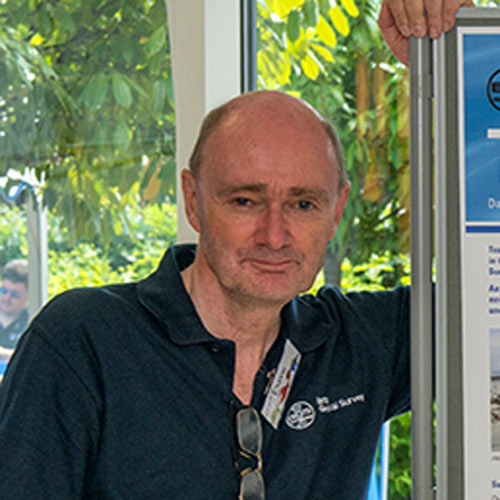
Prof David Tappin
Principal researcher
Relative topics
Related news
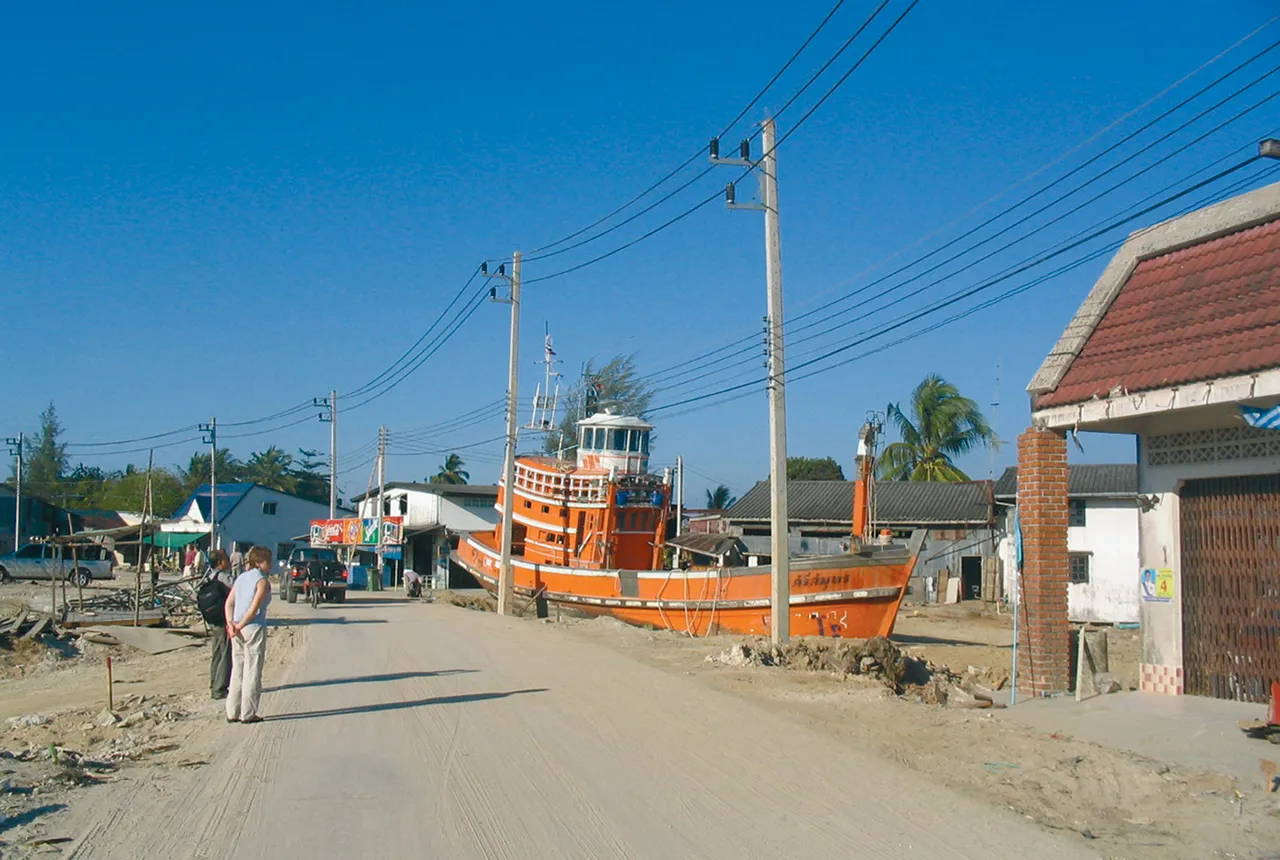
Twenty years on: the Indian Ocean earthquake and tsunami
26/12/2024
Boxing Day 2024 marks 20 years since the Indian Ocean earthquake and tsunami. Prof David Tappin reflects on the disaster and discusses what we have learnt since 2004.

One year on: reflections on the Hunga Tonga-Hunga Ha’apai volcanic eruption
18/01/2023
The eruption of the Hunga Tonga-Hunga Ha’apai Volcano in January 2022 has highlighted a global unpreparedness for the impacts from large-scale global events.
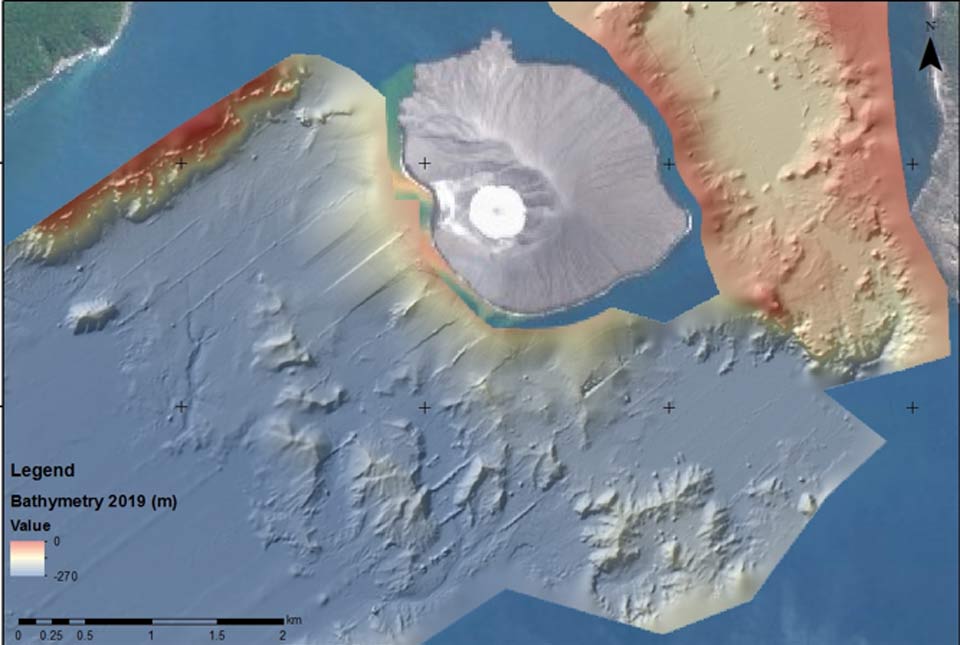
Scientists reveal the submarine cause of the Anak Krakatau volcanic tsunami of December 2018
21/05/2021
Scientists have been able to study the marine deposits of a deadly volcanic island landslide-tsunami at Anak Krakatau, Indonesia, using modern hydroacoustic equipment.
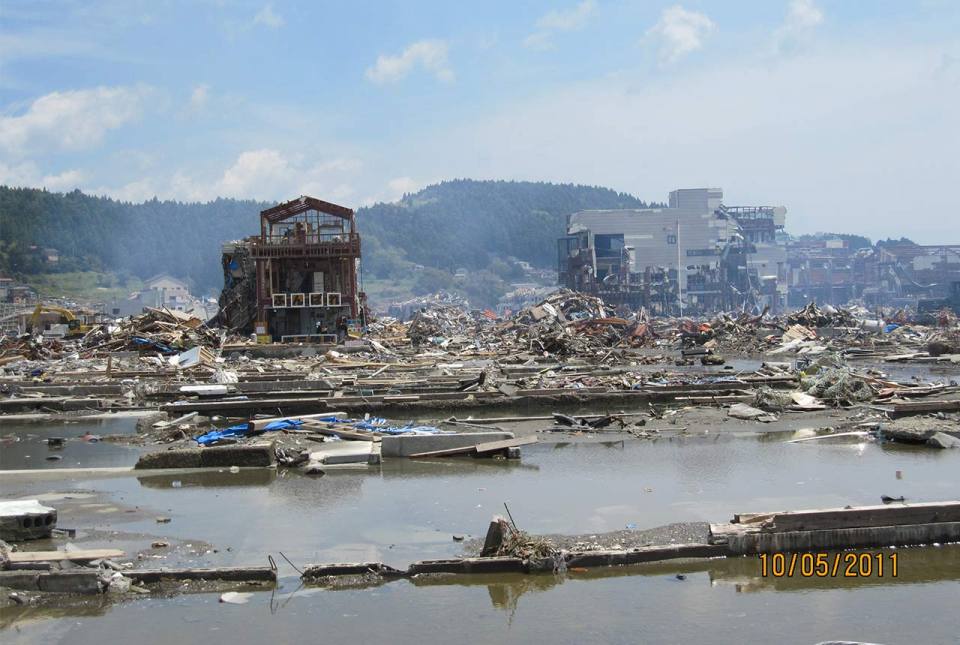
10 years on: the 2011 Great East Japan Earthquake and Tsunami
11/03/2021
In remembrance, Prof David Tappin discusses the importance of tsunami anniversaries
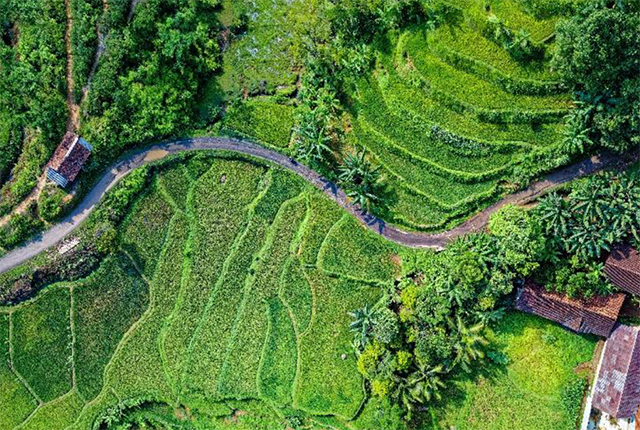
New tsunami risk identified in Indonesia
30/04/2020
Scientists have identified a potential new tsunami risk in Indonesia by mapping below the seabed of the Makassar Strait.
Tsunami sediments study and satellite mapping | Japan fieldwork 2011
24/06/2011
BGS scientists visited north-east Japan to study the area devastated by the tsunami caused by the Great Tohoku earthquake of 11 March 2011.



